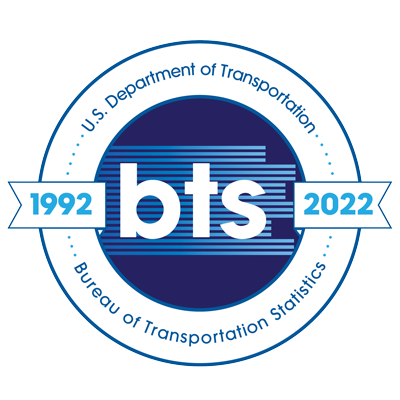Development of a Rapid Population Estimate (RPE) based on Building Footprints, Neighborhood Type and Georeferenced Input Data
Topics:
Keywords: Population, Building footprints, RPE, Estimation, Imagery, Africa, Classifier
Abstract Type: Paper Abstract
Authors:
Lukas von Tobel,
,
,
,
,
,
,
,
,
,
Abstract
Understanding the number of people living in a given geographic area is important for a multitude of reasons. One of these is the provision of public health services, such as polio vaccination, in developing countries where it is of utmost importance to reach all children in the target area. Recent advances in the automated extraction of building polygons from high-resolution satellite imagery driven by machine-learning algorithms have led to the mapping of 90-95% of all buildings in Sub-Saharan Africa. This has resulted in what is referred to as a ‘building footprint’ dataset. Using this dataset, we developed a relatively simple bottom-up population estimate using geo-reference enumeration data. Additionally, we developed a comparison suite that allows the visualization of differences between population rasters or building counts for the same country.
In an attempt to qualify this population model, we found that the unadjusted population model overestimates population, due to the assumption that all buildings are inhabited. We applied a global classifier, an urban classifier, and a rural adjustment factor. While the former two did not significantly improve the model, the latter did improve the model.
While building size seems not to be important, we found that the choice of the building footprint layer has a massive impact on a population model.
In conclusion, despite obvious flaws and imperfections, this is a simple and effective model that can act as an intermediate product while more detailed, time-consuming, and costly models are being developed.
Development of a Rapid Population Estimate (RPE) based on Building Footprints, Neighborhood Type and Georeferenced Input Data
Category
Paper Abstract








